Glucose traffic is operated by two families of glucose transports: the GLUT family and SGLT family. The GLUT family consists of 14 different types of glucose transporters from GLUT-1, GLUT-2, GLUT-3 all the way up to GLUT-14. The SGLT family consists of sodium-glucose cotransporters, including SGLT1 and SGLT2.

GLUT vs SGLT: Differences between GLUT and SGLT
Glucose transporters in the GLUT family use facilitative diffusion to transport glucose across the plasma membrane. They are enzyme proteins that can also transport galactose and fructose, in addition to glucose. GLUTs are expressed in a wide variety of cells, from red blood cells to liver to the brain.
Please see the section below “Different Types of GLUT” to learn more about which GLUT types for which tissue types.
Sodium-glucose cotransporters in the SGLT family, based on their name, use active transport to transport both sodium and glucose into cells. SGLTs are enzyme proteins that take up glucose into cells against an electrochemical gradient, and take up sodium ions down their concentration gradient. SGLTs are expressed in the small intestine and renal proximal tubules.
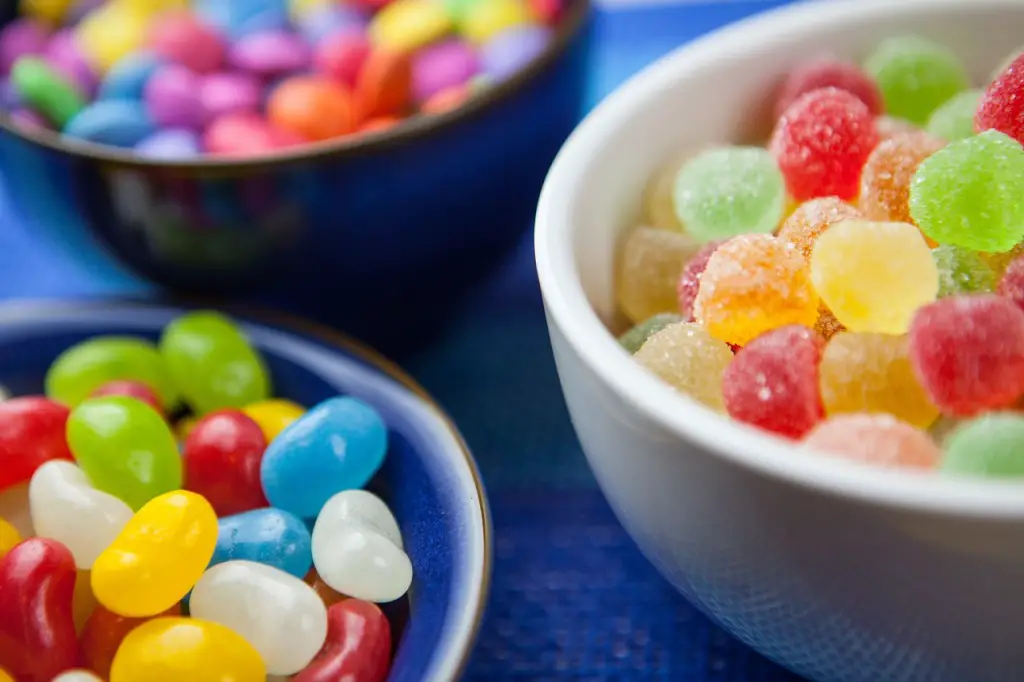
| GLUT Glucose Transporter | SGLT Sodium-Glucose Cotransporter |
| Uses facilitative diffusion | Uses active transport (needs energy) |
| Transports glucose | Co-Transports both glucose and sodium |
| Uniport | Symport |
| Can also transport galactose and fructose | n/a |
| Glucose uptake down concentration gradient | Glucose uptake against concentration gradient; Sodium uptake down concentration gradient |
| Location in all tissues (see below for which types for which tissues) | Location only in small intestine and renal proximal tubules |
| Copyright 2019 Moosmosis |
Biochemistry Structure of Glucose Transporters (GLUTS)

The structure of a generic GLUT glucose transporter is made up of 4 subunits per transporter. For 1 subunit, there are 12 transmembrane domains. There are 1 large extracellular loop 1 and 1 large intracellular loop 3. Amino and carboxy terminal groups are in the cytoplasm.
Different Types of Glucose Transporters GLUT and their Major Tissue Expression

There are 14 different types of glucose transporters with different tissue specificities and affinities for glucose. We will explain 5 of the most important GLUT transporters.
Glut-1: Major Tissue Expression in Erythrocytes and the Brain: High Affinity for Glucose: Low Km (1mM): Insulin Independent
Glut-2: Major Tissue Expression in Liver and Pancreas: Lower affinity for Glucose: High Km (15-20 mM): Insulin Independent

Glut-3: Major Tissue Expression in Brain (neuronal): High Affinity for Glucose: Low Km (1mM): Insulin Independent
Glut-4: Major Tissue Expression in Muscle, Adipose, and Heart: Medium affinity for Glucose: Medium Km (5 mM): Insulin Dependent
Glut-5: Major Tissue Expression in Intestine, Testis, and Kidney: Prefers fructose over glucose
Mnemonic Memory Aid: Fructose has 5 carbons, so GLUT 5 transports fructose.
| Protein | Major Tissue Expression | Km | Affinity for Glucose | Insulin-Independence? |
| GLUT 1 | Brain, erythryocytes | 1 mM | High | Yes |
| GLUT 2 | Liver, Pancreas | 15-20 mM | Low | Yes |
| GLUT 3 | Brain | 1 mM | High | Yes |
| GLUT 4 | Muscle, adipose, heart | 5 mM | Medium | No |
| GLUT 5 | Intestine, testis, kidney | Prefers fructose | n/a | Yes |
| Copyright 2019 Moosmosis | Copyright 2019 Moosmosis |
How does the Small Intestine take up and transport glucose?

The small intestine epithelia absorb glucose, galactose, and fructose, and has at least 3 hexose transporters to transport glucose, galactose, and fructose, across the cell membrane.
The small intestine cell has 2 sides: apical membrane and the basolateral membrane. The apical membrane faces the intestinal lumen, where there are lots of sugars and sodium from our food. The basolateral membrane faces the extracellular fluid, or our blood. The goal of the small intestine epithelium is to transport glucose from the intestinal lumen into the blood.
The apical membrane has 2 transporters: SGLUT1 and GLUT 5. Anything with S in front of GLUT can also transport sodium with glucose. Likewise, SGLUT1 is a cotransporter that takes up glucose/galactose with sodium from the lumen. GLUT 5 transports fructose, taking up fructose from the intestinal lumen into the small intestine cell.
The basolateral membrane has 2 main transporters as well: GLUT 2 and Na/K ATPase. GLUT 2 transports fructose out into the blood. Na/K ATPase takes the sodium (that was transported in earlier from SGLUT 1) and dumps it out into the blood as well, while taking up K potassium into the cell.
Works Cited:
Brown, G.K. Glucose transporters: Structure, function, and consequences of deficiency. Journal of Inherited Metabolic Disease. May 2000, Volume 23, Issue 3, 237-246.
Thorens, B., & Mueckler, M. Glucose transporters in the 21st Century. American Journal of Physiology. Feburary 2010. https://doi.org/10.1152/ajpendo.00712.2009
Copyright © 2021 Moosmosis Organization: All Rights Reserved
All rights reserved. This essay or any portion thereof may not be reproduced or used in any manner whatsoever without the express written permission of the publisher.
Categories: Biology




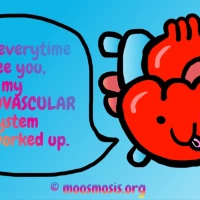

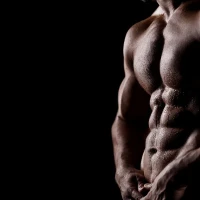

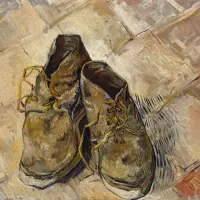
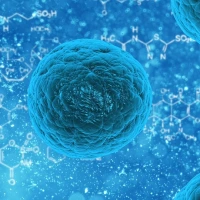

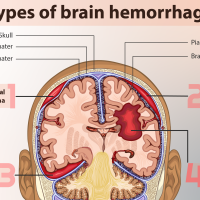



Helpful! Good review,I just learned this in class too. Thank you so much.
LikeLiked by 2 people
Phenomenal! So glad to hear! 😀 Happy learning!!
LikeLiked by 1 person
Love this article! Deliciously written!
LikeLiked by 2 people
So happy to hear, kind soul! 😀 Glad to help with our article and loads of sugar pictures! XD
LikeLiked by 1 person
incredibly well written
LikeLiked by 2 people
Thank you Percy! You made our day 😀
LikeLike
You’re welcome Moosmosis! Have a great day too!
LikeLiked by 1 person
amazing! I learned something new today 🙂
LikeLiked by 2 people
Awesome! Thank you Athena for learning with us! 😀
LikeLiked by 1 person
Om nom nom, great article!
LikeLiked by 2 people
Haha, Thank you Max! Glad you enjoyed the article!
LikeLiked by 1 person
Great 👍 article
LikeLiked by 1 person
Thank you Tim! 🙂 Happy to help!
LikeLike
So informative!!!
LikeLiked by 1 person
You’re welcome Martina! 🙂 So happy to hear!
LikeLike
Nice and concise article, many things i never knew.
LikeLiked by 2 people
Thank you Dean! Glad our article helped! Happy learning and Happy Thanksgiving!
LikeLiked by 1 person